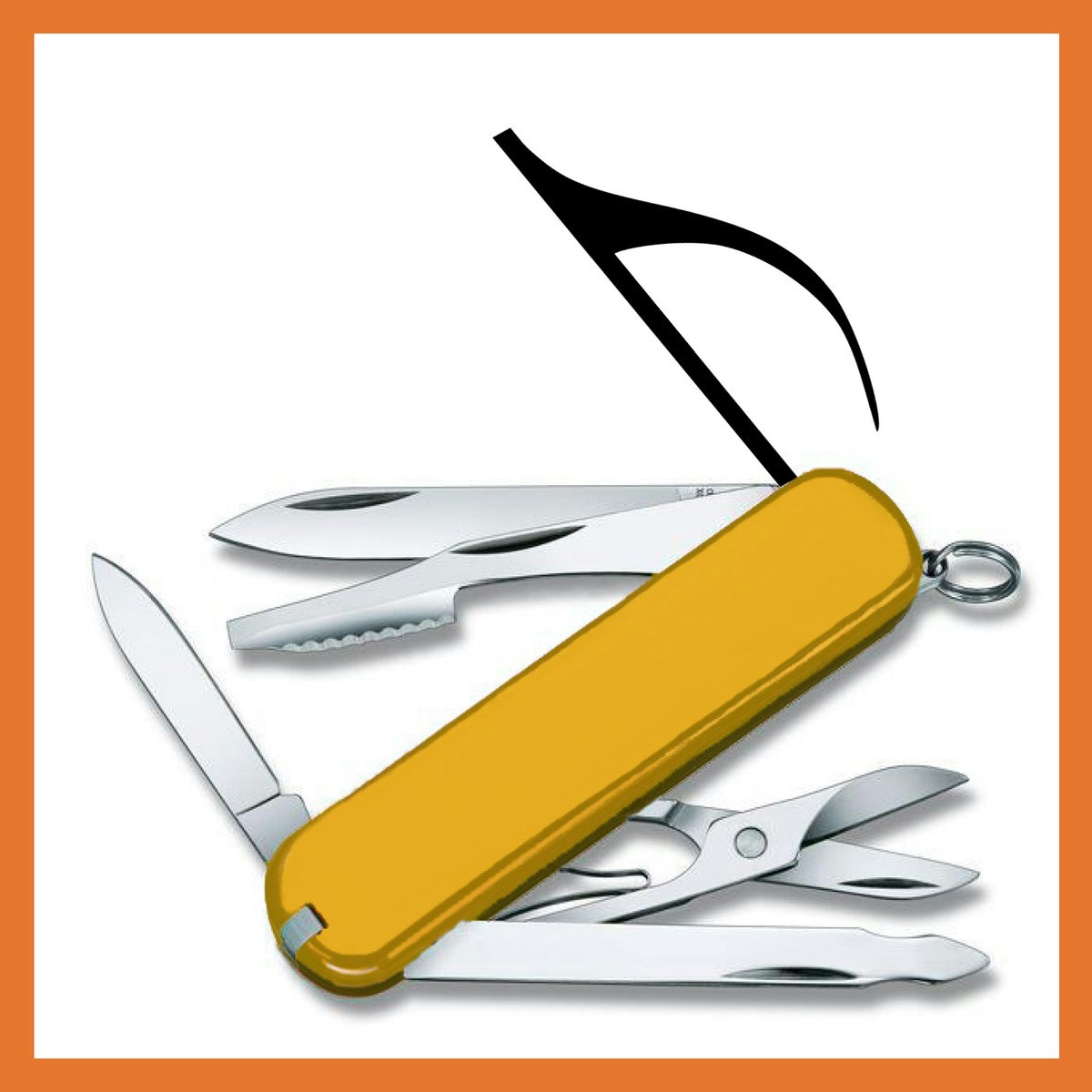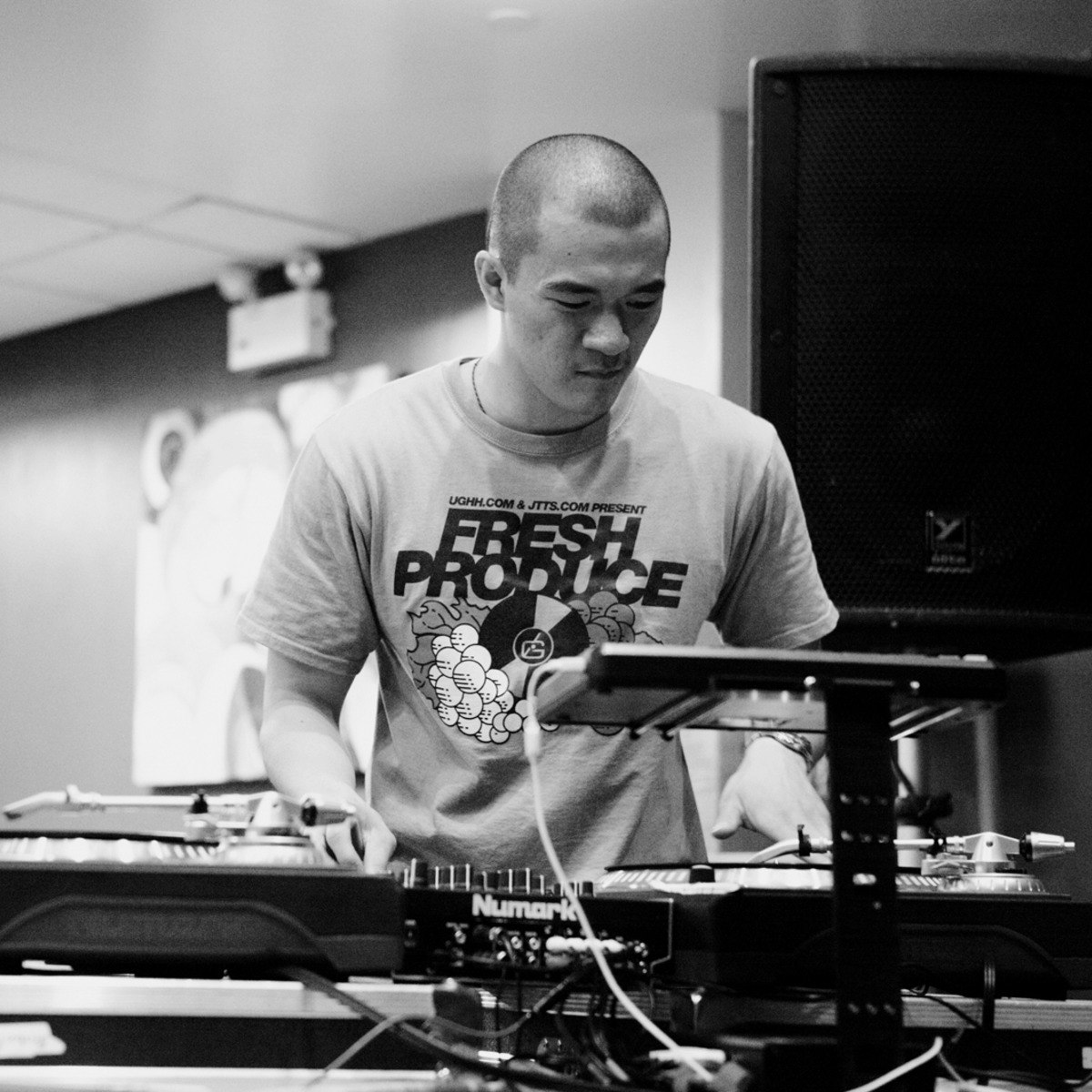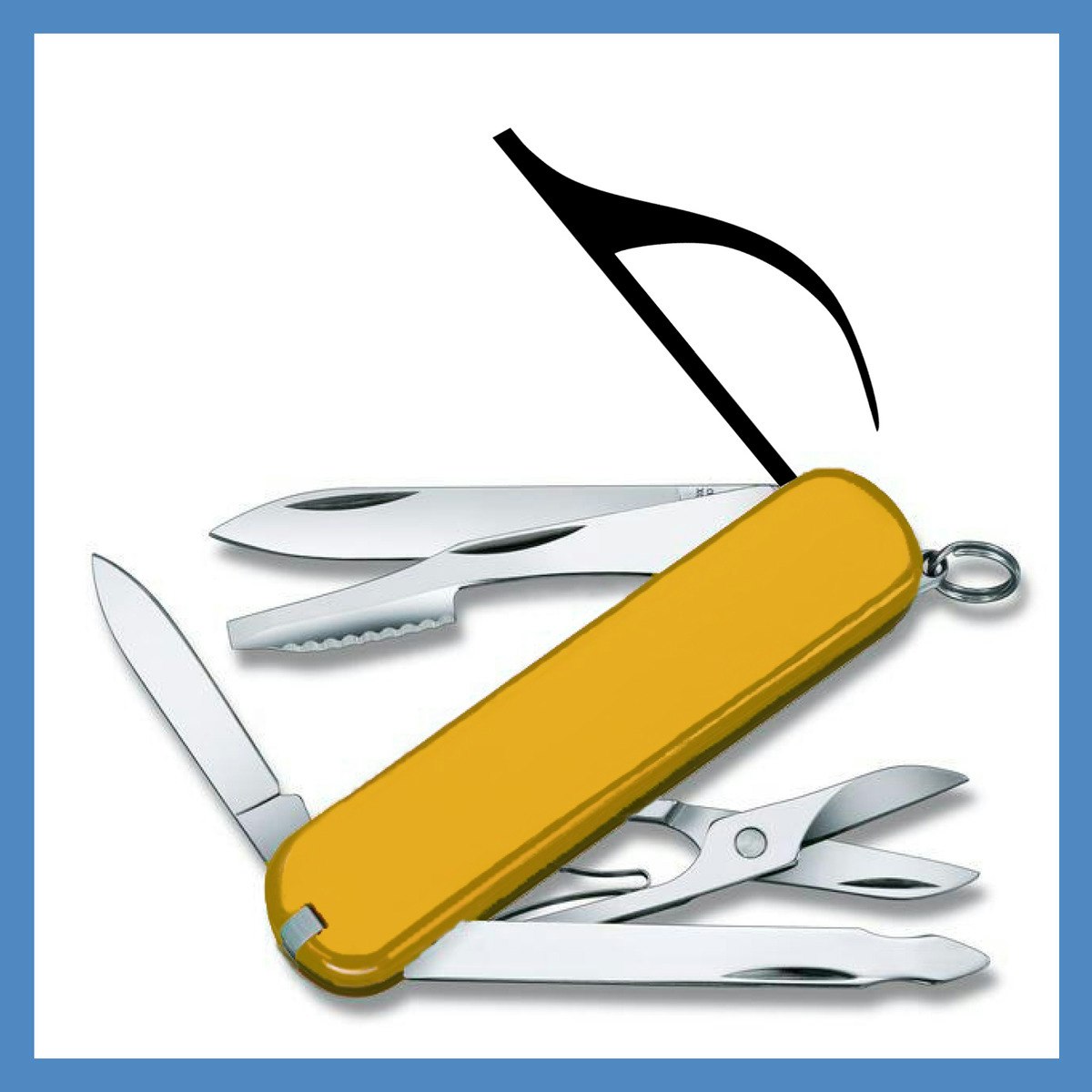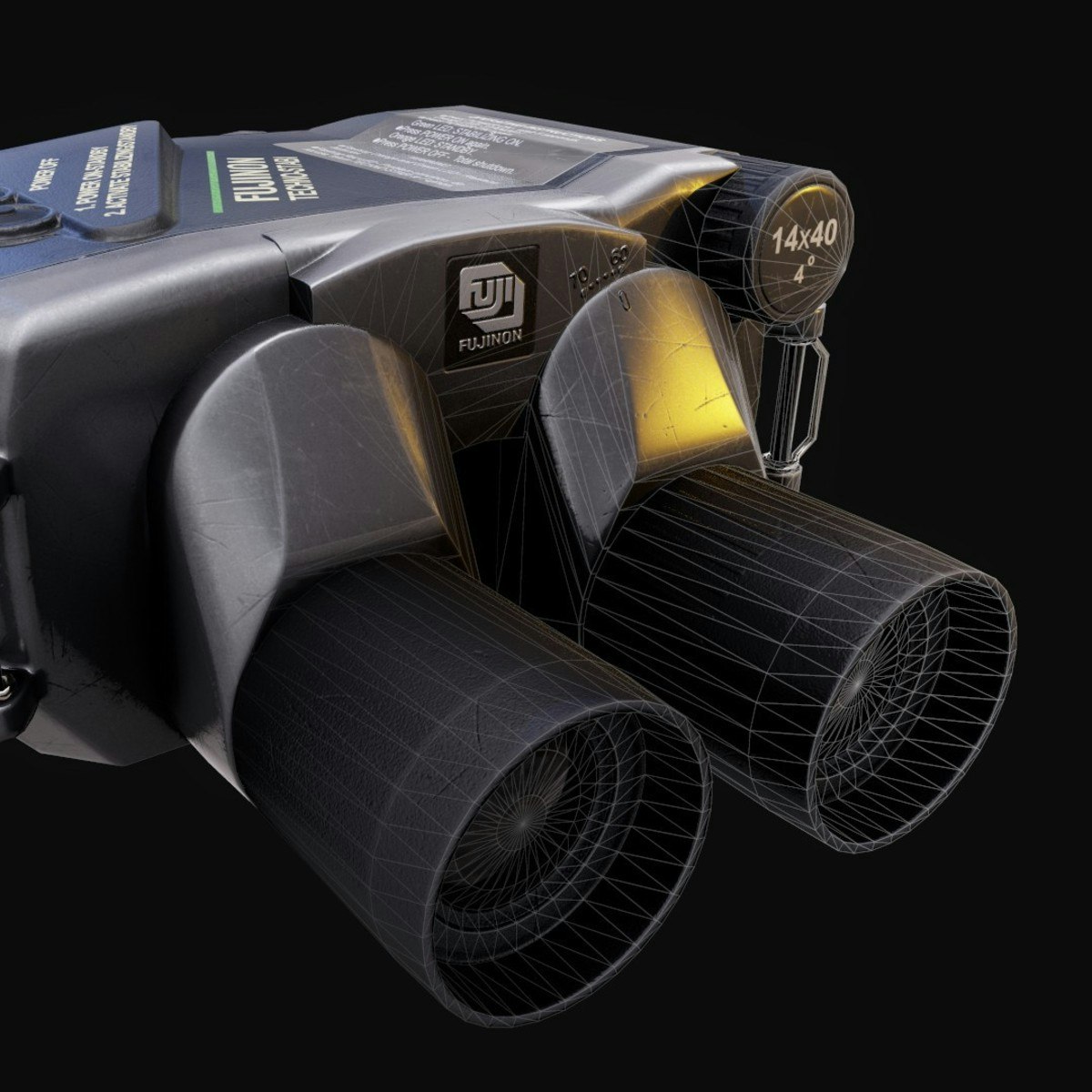Back to Courses









Arts And Humanities Courses - Page 24
Showing results 231-240 of 464

Conspiracy Planet
This course is for anyone interested in conspiracy theories. Millions of people around the world believe in conspiracy theories like The Protocols of the Elders of Zion, or that AIDS was deliberately created by governments and pharmaceutical companies, or that on September 11, 2001, the World Trade Center complex was downed not by airplanes, but by a “controlled demolition” masterminded by the United States national security state.
What are we to make of these claims? What do they say about our societies? How do they impact history, or reflect larger historical trends? How do we understand the context of these ideas? And how do we understand them in relation to objectively confirmed conspiracies, of which there are at least as many? How do we know when a conspiracy has really happened, and cannot simply be dismissed as a ‘theory’? We will grapple with these questions together through short videos, quizzes that will help you check your understanding of the material, discussion, and a final project in which you will create your own conspiracy theory.

Launching Your Music Career
After you've acquired the various tools and strategies to build your music career, it's time to put those skills to work! In this course, you will acquire the skills to manage a variety of professional endeavors including self-management, freelance performing, and launching a private lesson studio. Perfect for the young professional or a seasoned pro looking to diversify their portfolio career.

Revolutionary Ideas: Utility, Justice, Equality, Freedom
What is the purpose of government? Why should we have a State? What kind of State should we have?
Even within a political community, there may be sharp disagreements about the role and purpose of government. Some want an active, involved government, seeing legal and political institutions as the means to solve our most pressing problems, and to help bring about peace, equality, justice, happiness, and to protect individual liberty. Others want a more minimal government, motivated, perhaps, by some of the disastrous political experiments of the 20th Century, and the thought that political power is often just a step away from tyranny. In many cases, these disagreements arise out of deep philosophical disagreements.
All political and legal institutions are built on foundational ideas. In this course, we will explore those ideas, taking the political institutions and political systems around us not as fixed and unquestionable, but as things to evaluate and, if necessary, to change. We will consider the ideas and arguments of some of the world’s most celebrated philosophers, including historical thinkers such as Plato, Aristotle, Thomas Hobbes, John Locke, Immanuel Kant, Mary Wollstonecraft, and John Stuart Mill; and more contemporary theorists such as Elizabeth Anderson, Isaiah Berlin, Thomas Christiano, Frantz Fanon, Amy Gutmann, Friedrich Hayek, Robert Nozick, Martha Nussbaum, Julius Nyerere, Ayn Rand, John Rawls, Peter Singer, and Kok-Chor Tan.
The aim of the course is not to convince you of the correctness of any particular view or political position, but to provide you with a deeper and more philosophically-informed basis for your own views, and, perhaps, to help you better understand the views of those with whom you disagree.

How to use the perspective grid tool in Adobe Illustrator
In this project you will learn how to use the perspective grid tool in Adobe Illustrator.
This tool allows you to put any design, shape, or text into perspective and it's extremely useful when designing. This tool elevates your value as a graphic designer and being able to use it and understand how it's used is awesome. Many tools are ignored in Adobe Illustrator and what makes you shine and be the graphic designer your client needs is to have the ability to use any tool to make your job even better.
In this guided project you'll learn how to use the perspective grid in one point, two point, and three point perspective and you'll apply designs in every scenario. You will also design a realistic 3D packaging Mock Up. I hope you are excited to learn more about Adobe Illustrator. Let's go ahead and start!

Understanding Smart Objects in Adobe Photoshop
By the end of this project, you’ll be able to create and edit smart objects in Adobe Photoshop. You’ll use smart objects to apply nondestructive edits and swap assets inside files.
During this project, you’ll get used to navigating some important Photoshop tools and practice creating and importing smart objects, and you’ll learn what makes them smart in the first place. Then you’ll apply nondestructive edits and work with different kinds of smart objects. Once you’re finished, you’ll learn how to export your work.
By the end of the project, you’ll be able to use smart objects to make smart and speedy edits to images.

Western Religions & Ecology
At first glance the fields of religion and ecology may seem and unlikely pairing, but a deeper consideration reveals the two have a great deal to contribute to one another and are indeed inextricably linked. Religions recognize the unity and interdependence of humans with nature. Ecological sciences affirm this deep interconnection with the natural world. This partnership can inspire work for the wellbeing of the Earth community
There is a need for broader literacy and deeper knowledge of the world’s religions and their ecological contributions. This specialization, "Religions and Ecology: Restoring the Earth Community", contributes such a perspective. Each course celebrates the vitality of religiously-informed action for the Earth and recognizes the longstanding contributions of Indigenous peoples in offering visions and practices for ecological flourishing.
This course is part 5 of 5 of the "Religions and Ecology: Restoring the Earth Community" specialization that focuses on the ecological dimensions of religious traditions throughout the world.
The course you are about to begin is designed as a gateway to these aspects of the three Western religions of Judaism, Christianity, and Islam. So much has emerged in the last several decades in this area, as you will see. While we have taught this course at Yale, we have adapted it for learners from a wide range of backgrounds.
This course is for lifelong learners curious to know more about world religions and ecology, environmental professionals eager to deepen the discourse of environmental protection and conservation, those working with non-profit organizations and NGOs on issues of ecological justice, and religion leaders and laity who wish to know how they can contribute to interreligious dialogue on environmental projects.

Getting Your Film off the Ground
This course is an introduction to many of the possibilities that exist to fund your film, market it, and create an audience for it. It will give you a sense of possible options and avenues to explore and it will start you on the process of making your film dreams a reality. The course covers the grant researching and writing process for fiction films and documentaries, strategies for developing impactful film websites, best social media practices for filmmakers, and how to approach crowdfunding and seeking investors. Through these experiences you will be prepared to seek funding for your film and to build your own audience through digital spaces.

Creativity And Entrepreneurship
Creativity & Entrepreneurship will help you tap into your inner creativity and learn how to leverage it for career development or business innovation.
Presented by Berklee Institute for Creative Entrepreneurship founder Panos Panay, this course features interviews with world renown entrepreneurs, innovators, songwriters, producers, creative directors, educators, performers, visual artists and chefs as they discuss parallels between the creative and entrepreneurial journeys.
The course approaches entrepreneurship as a creative process, a fundamental human instinct that we all possess and can unlock. Creativity & Entrepreneurship applies concepts from the creative and musical creation process, such as observing, prototyping, iterating and embracing failure, as a means of guiding you through the concept of thinking like a startup. You will develop the basic mindset, knowledge, and insights required to pursue an entrepreneurial career, whether as the steward of your own career or as the founder of a new business in any field.
Creativity & Entrepreneurship is about the side of entrepreneurship you won’t learn at a business school but, instead, in the music studio.
What you'll learn:
How to approach your career or startup as if learning a musical instrument
Why entrepreneurship, like creativity, is something we all possess
How to apply “the musician mindset” as means to collaboration and creative problem solving
Why songwriting is a perfect parallel to career and product development
Why there’s more to entrepreneurship than business plans and spreadsheets much like there’s more to music than scales and lead sheets

Building Your Artistic Brand
In a world where musical content of all kinds can be found anywhere and everywhere, developing a distinctive artistic brand is critical to any musician's professional success. Whether you're an emerging professional musician or a seasoned pro looking to up your game, you will gain knowledge of basic marketing principles as applied to the performing arts. These principles include using visual and design elements to define your artistic identity, strategies for effective marketing through a variety of media and channels, and developing a social media strategy for their professional brand.

Current Gen 3D Game Prop Production
In this course you will learn to create a photo-real game prop using modern game art production techniques. You will gather reference, generate a base model, create a high polygon model, bake details onto a low poly model, and then texture and present a final portfolio piece. This course is aimed at students who have some knowledge in 3d and game art and would like to learn more advanced techniques employed in the creation of modern game assets. We will be using Maya, Zbrush, Marmoset, and Substance Painter extensively throughout the course. When you are finished you will have your own model based of of a real-world prop suitable for use in modern game engines.
Popular Internships and Jobs by Categories
Find Jobs & Internships
Browse
© 2024 BoostGrad | All rights reserved